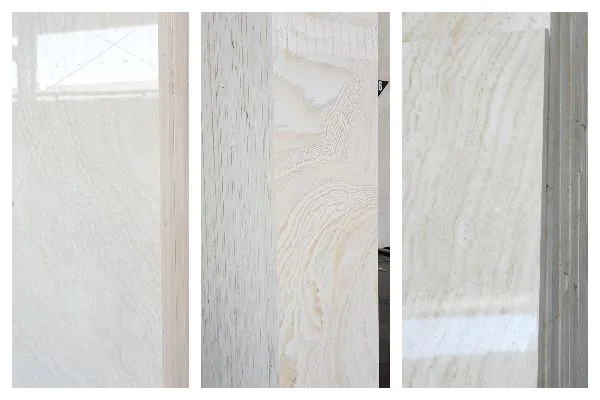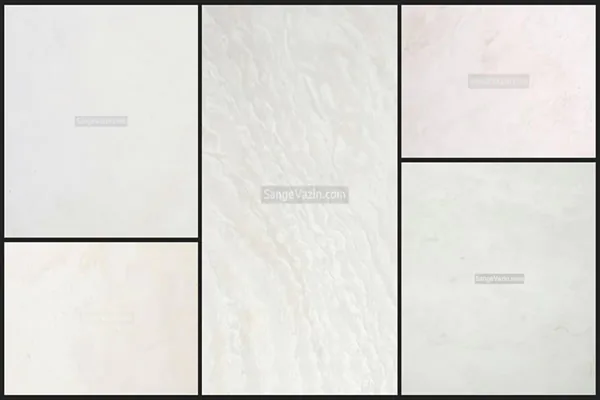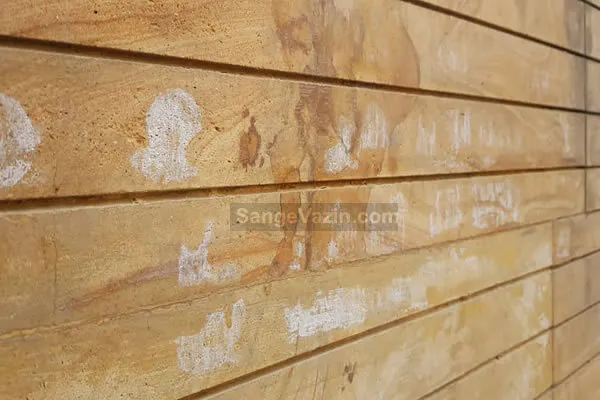Travertine Texture

Travertine is a type of natural stone that is formed when minerals are deposited by hot springs or geysers. It is commonly found in limestone caves and hot springs. When water containing dissolved calcium carbonate comes into contact with the air or ground, it releases carbon dioxide, causing the calcium carbonate to precipitate out and form travertine. Over time, layer upon layer of this calcium carbonate accumulates, resulting in the formation of travertine deposits. These deposits can be mined and cut into blocks or slabs for use in construction and decorative applications.
You can see that travertine stone is an exclusive type of stone by looking at it. Natural holes in its surface are the cause of it. But how do these holes get made?
Table of Contents
Travertine Porosity
The porosity of travertine can vary depending on factors such as how it is formed and the specific characteristics of the stone. Generally, travertine has a higher porosity compared to other types of natural stone, which means it has more open spaces and can absorb liquids more easily. However, throughout the production process, these holes are often filled at the factory.
The texture can also vary depending on the finishing process, such as polished and honed, which can result in a smoother or more textured surface.

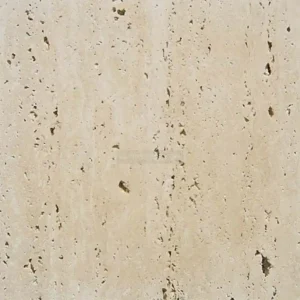
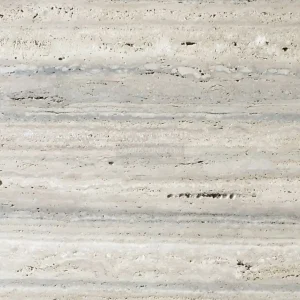

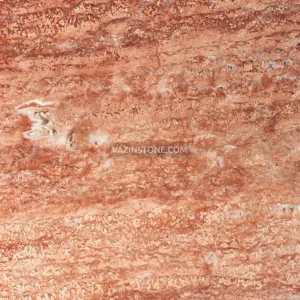

The Reason For The Formation Of Travertine Porosity
Travertine’s porosity can be attributed to the way it is formed. As we mentioned before, travertine stone is a type of limestone that is deposited by mineral springs, particularly hot springs. As water flows over and through limestone deposits, it dissolves and carries away some of the minerals, creating cavities and pores in the stone. These pores and cavities give travertine its characteristic porous and textured appearance.
Pros & Cons Of Travertine Porous Texture
We will talk about the pros and cons of the travertine texture’s holes in this part:
Pros:
- Travertine is sound and thermally insulating because of the holes in its texture.
- Because of these holes in the travertine’s texture, during installation, the cement mortar can penetrate them and prevent the stone from falling. This also can make the travertine more durable and stronger.
- The porous texture of this stone also has the benefit of keeping the stone from breaking when water seeps into its structure.
- Because of these features, travertine stone is protected from weathering.
- Also, this stone weighs less due to its porosity, which reduces the load on the building.
Cons:
- Because Of the holes (porosity) in its surface, travertine stone has a low compressive strength. For this reason, using this stone on floors and stairs is not recommended.
- Travertine with high porosity will require a large amount of resin to fill these holes during the polishing process which over time can spill and cause the stone to seem unsightly.
- Due to the high porosity of some travertine stones, they have high water absorption. As a result of the high water absorption, the mortar’s water behind the stone will be absorbed and will make efflorescence on its surface. The stone will look unsightly because of this efflorescence.
It should be mentioned that a stone`s porosity can affect its cost. Travertine`s high porosity lowers its cost.
Travertine Applications
Travertine is a versatile natural stone that is commonly used in various construction and design applications. Some common applications of travertine include:
Flooring
Travertine is a common choice for flooring materials for both exterior and interior spaces. Travertine floor stone is popular for its unique, earthy colors and patterns, which can range from creamy whites to rusty oranges and browns. This stone is relatively easy to maintain. When properly sealed and installed, travertine floor stone can withstand heavy foot traffic and is resistant to wear and tear. Its natural porosity and texture also provide a non-slip surface, making it a safe option for high-traffic areas.
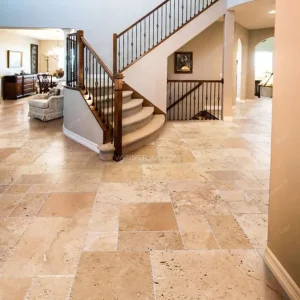
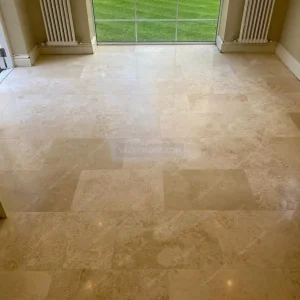
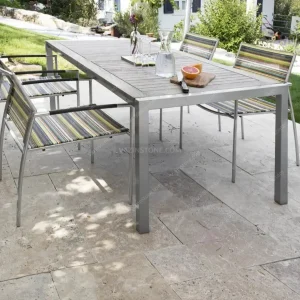

Wall Cladding
Travertine wall cladding is typically available in the form of tiles and panels that are easy to install and provide a durable and long-lasting surface. It can be used to enhance the aesthetics of a space while also providing insulation and protection from the elements.
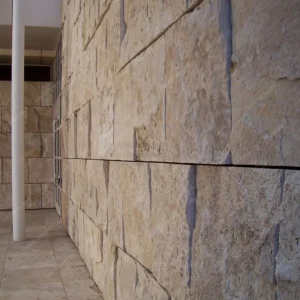
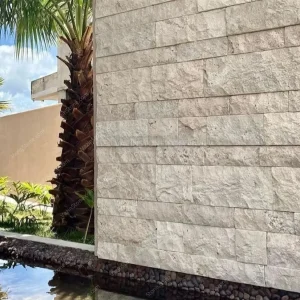

Paving
Its durability and natural non-slip surface make it an excellent choice for paving outdoor areas such as driveways, and pool decks.
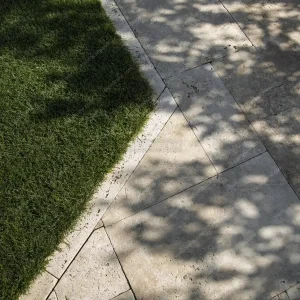

Facade
Travertine is often used as a facade material in architectural design due to its natural beauty, durability, and versatility. Travertine facades can be found on a wide range of buildings, from modern to classical, and are often prized for their ability to withstand the elements and age gracefully over time.
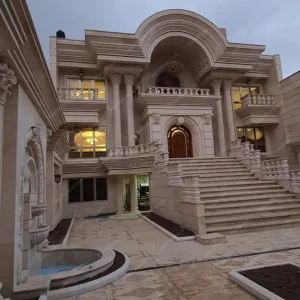

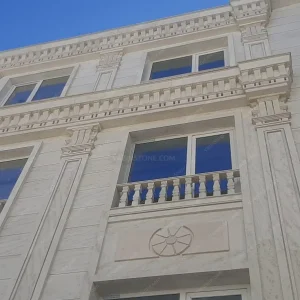
Conclusion
In conclusion, The texture of travertine is characterized by its unique natural appearance, which includes small cavities, color variations, and mottled or veined patterns. Depending on how it is finished, travertine can have a smooth, polished surface or a rough, natural texture. This variety makes it a versatile and popular choice for a wide range of architectural and design applications.
Publish on:
February 18, 2024
Updated on:
August 13, 2024

